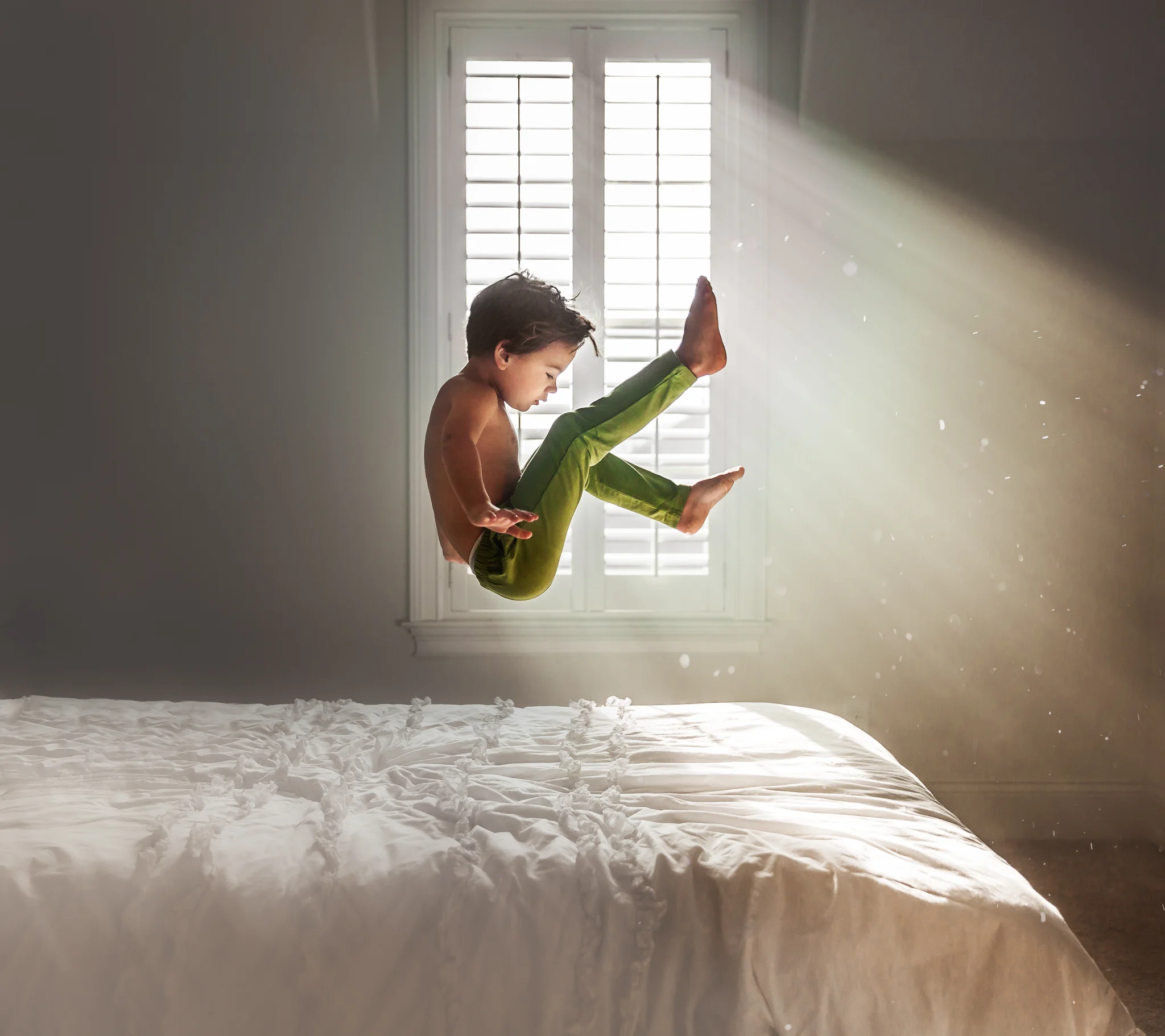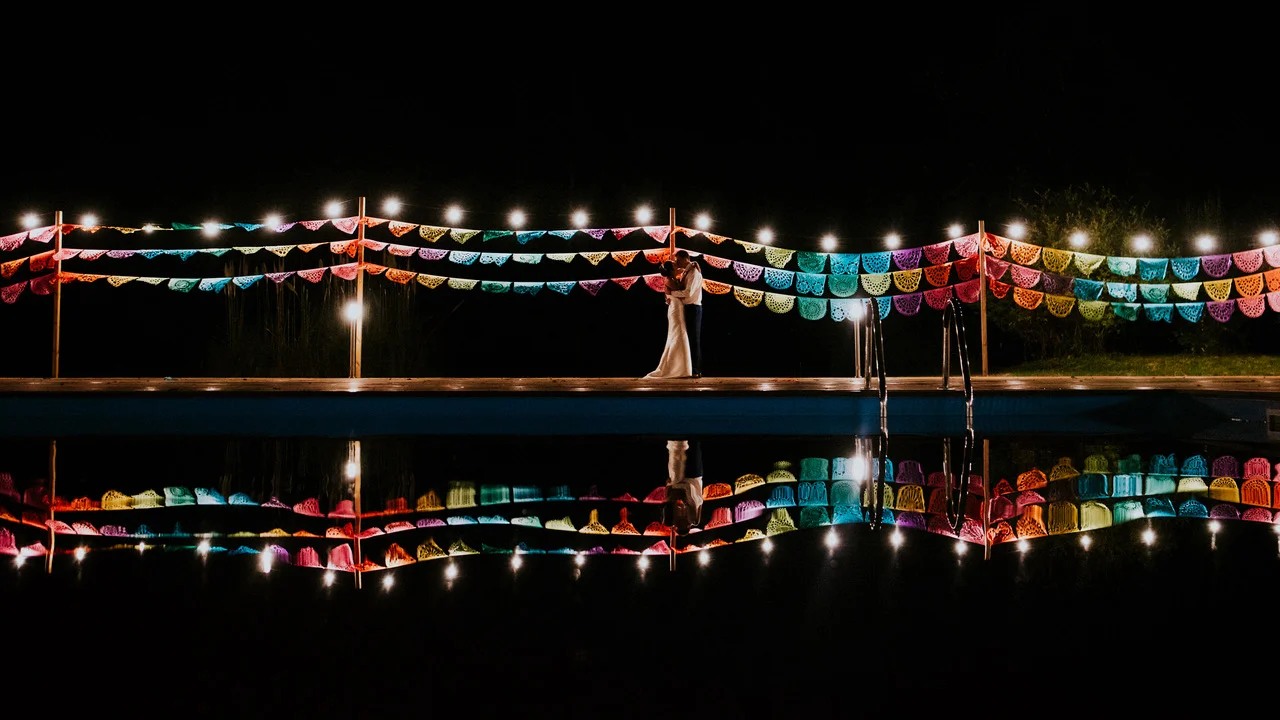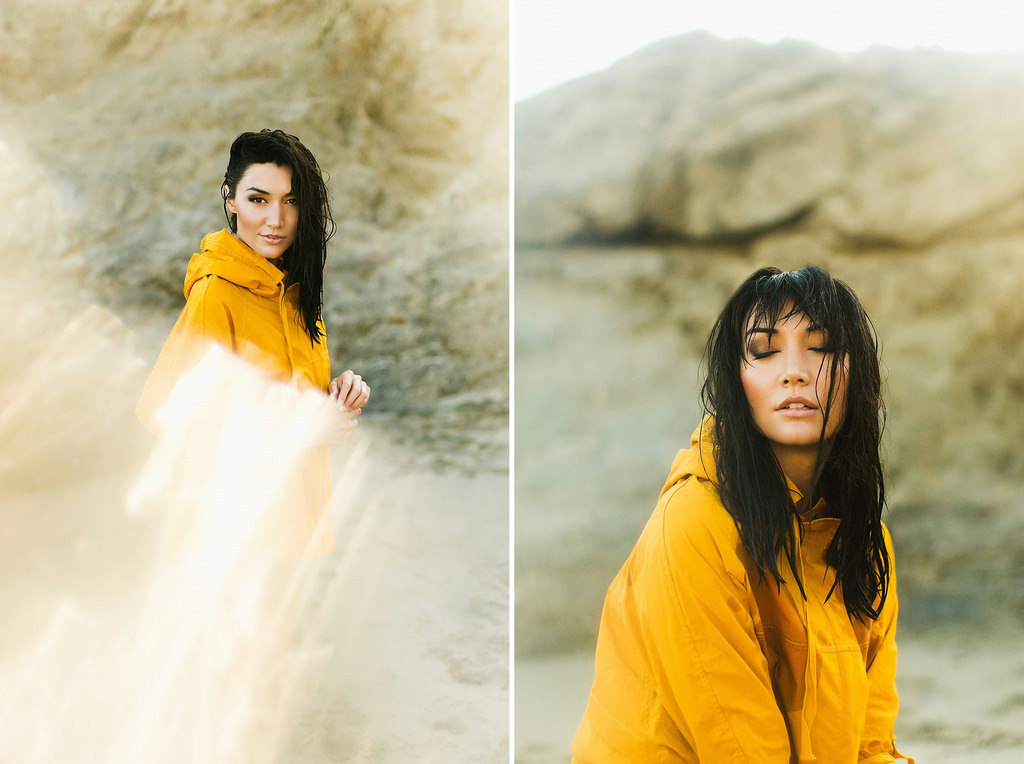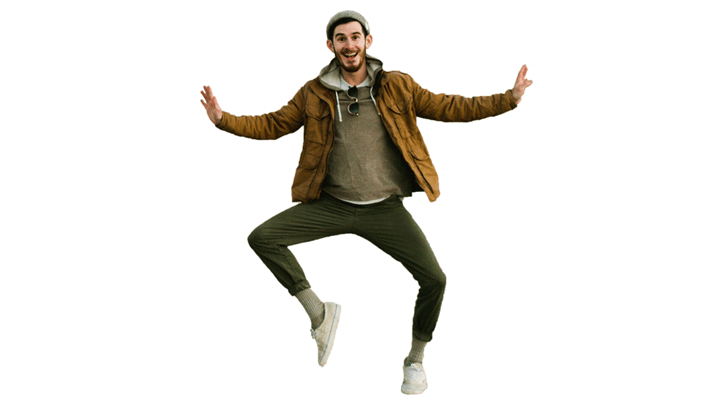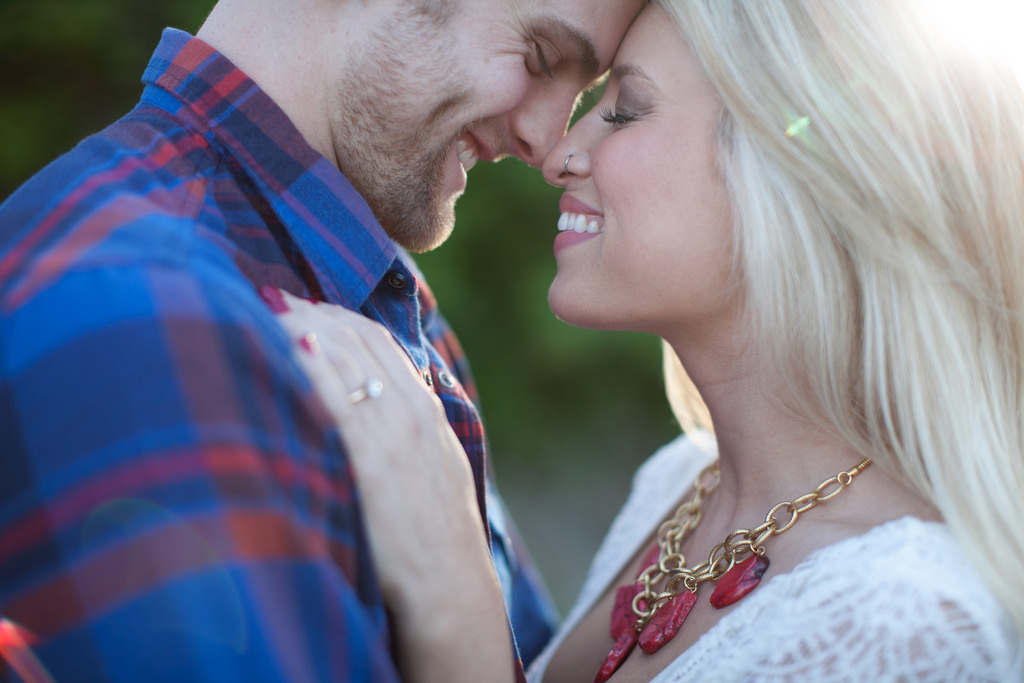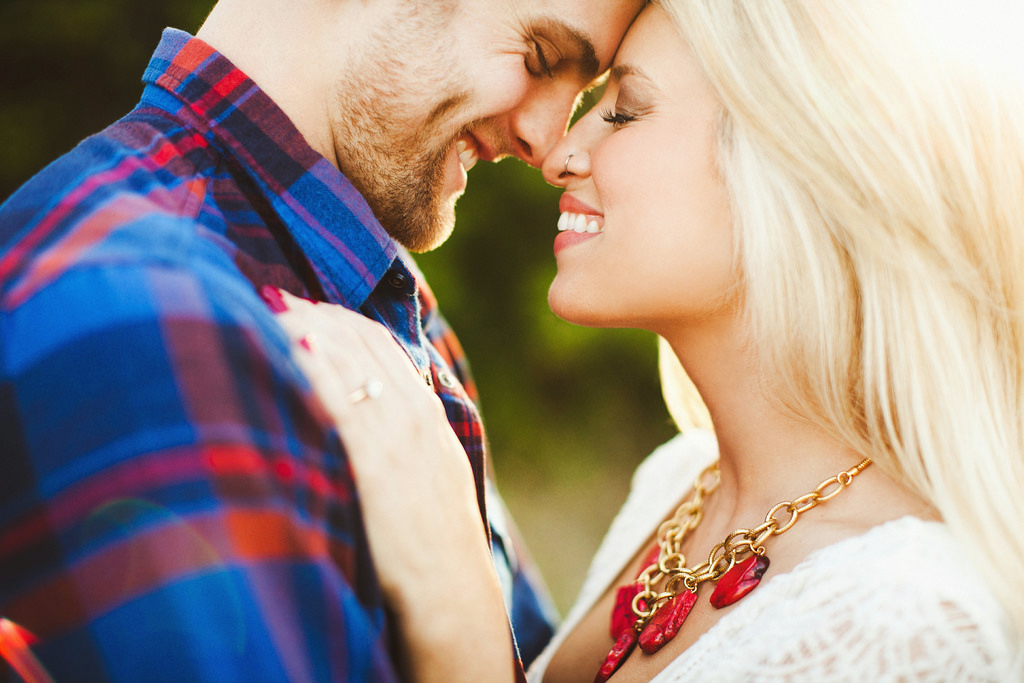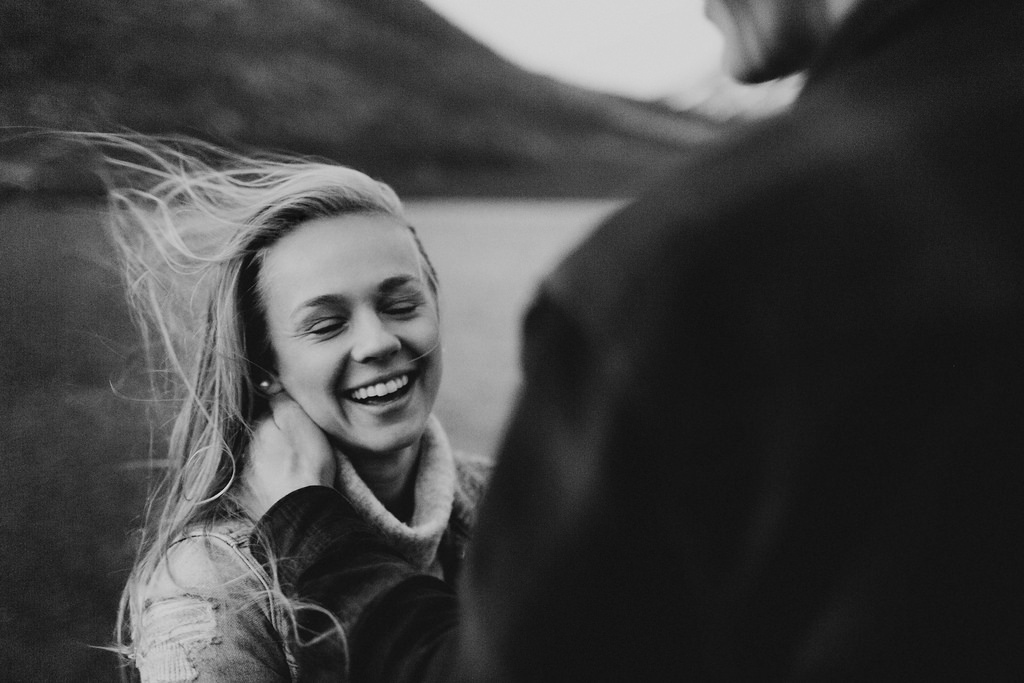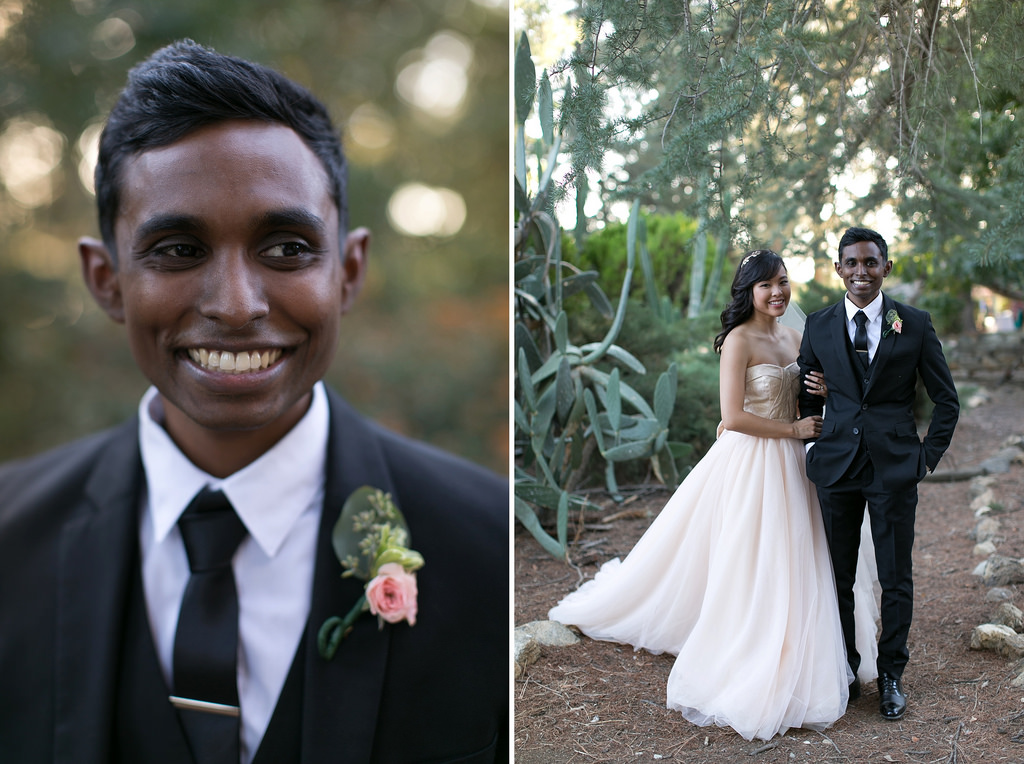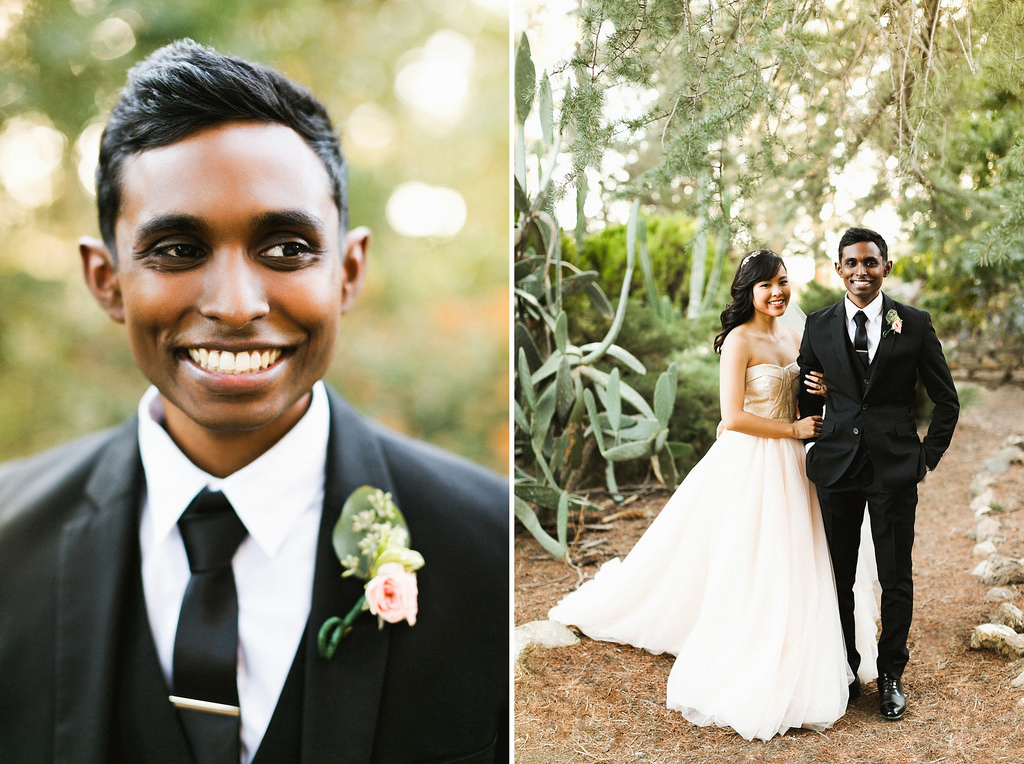This image by Thomas Morel is just gangbusters! Now get the low down on how this fine art masterpiece came to be . . .
Thomas. You. Go!
I am Thomas Morel, Dutch photographer living in Norway. Born 1988. Official Hasselblad ambassador. I have been working professionally since 2007, with customers like Nike, Puma, IOC and Maui Theatre and Scandic to mention a few. For the past two years, I have mainly been focussing on creating art for customers who wish to decorate their venues with taylor made photography. I am specialized in freezing motion that goes by too rapidly for the human eye to register. I don’t have any education whatsoever, and have chosen to rely on my own instincts to shoot imagery that I feel comes straight out of my heart. It is simply a way of trial and error; if something doesn’t turn out good enough, I have to change something until it is exactly how I want it to be. Don’t let anyone define the value of your work, stay true to yourself at any time.
I make a point out of not creating the motion or gesture in post production. Off course I do use photoshop for minor adjustments like color correction or removing disturbing elements, but the motion itself is unmanipulated. I do this because I believe the true art of photography is it’s ability to tear something completely out of context, it is a slice of time within the absolute universe of the frame. You only see what I want you to see, and the fact that it is not manipulated is something that I hope intrigues the viewer even more as to how the shot was taken. The beauty of photography is that you don’t see the sweating of the models, you don’t hear their heavy breathing, and you don’t see that they don’t land on their feet right after the shot is taken. You just see the slice of time that I find interesting, without seeing the context.
By what artists/creatives are you influenced? What inspires you?
I am inspired by perfection. Other artists who don’t stop until they have exactly what they are looking for, artists who keep pushing their own limits as far as they can go to create something that gives the audience a glimpse into the creative mind of the artist.
This basically involves every singe creative artist who follows his or her heart, no matter if it is music, painting or photography etc. that they create.
Creativity, and the feeling it gives you, is really personal. So I would be an idiot to point out artists that do “good" work; you have to decide for yourself. But artists that create photographic work that inspires me tremendously, are for instance Lois Greenfield and Tim Flach. The technical perfection of their work is something from another planet, another universe. I get emotional when I look at their work, just because of the sheer technical and creative perfection of their imagery.
Do you have a vision in mind before going out and shooting? Tell us about about your workflow and how the vision comes to life before shooting and in post.
I started working the way I do because I felt that I wanted to control the situation that I was shooting completely. I don’t want to be a spectator, because I want to create something that I find interesting rather then something that is “correct” or “realistic”. I much rather manipulate the truth to get my results then manipulating the photo in post-production, and that means that I have to be able to control the setting completely in order to visualize my idea. Before I start organizing a shoot, I know exactly what I am looking for, and what I need to make it happen. That is basically the whole essence of my workflow.
Off course, during the session itself, there are always surprises, and I am completely reliant on the models to be able to do what I want in a natural way. The fact that I always shoot tethered enables me to communicate the vision to the models, and they can come with their input to get is as good as possible. It is always a close collaboration between me and the people I shoot. When it comes to post production: as you can see the only thing I did was darken the background even more to point the focus as much as possible on the dancers and their gestures.
Now tell us how this amazing image came together, from conception to completion.
I took this shot in Lois Greenfield’s studio in New York. I had no gear or experience at the time, I just knew that I loved the way Lois worked, and I knew what I wanted to create. This was my first ever try at doing something professional, and I owe Lois a lot to give me the chance and confidence to realize it. After this shot, I went back to Norway and persuaded the bank to give me a loan to buy my own gear to continue creating artwork like this.
It was such a great experience to get to work with such talented dancers like these four (Miguel Quinones, Dario Vaccaro, Patricia Foster and Colleen T. Sullivan) it is one thing to have a vision, but a whole other thing to find the dancers who are able to actually realize it.
BONUS EYE CANDY
Now mouse over this image for that sweet B&A magic!
FOLLOW THOMAS
This post edited by Seth Langner ~ www.karmathartic.com






